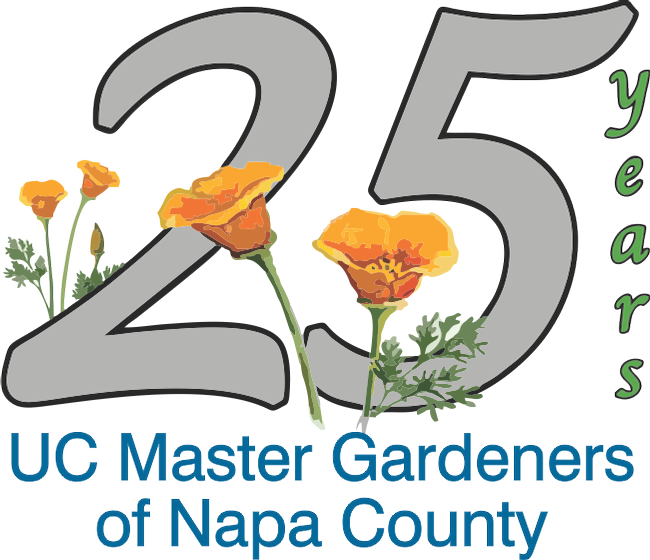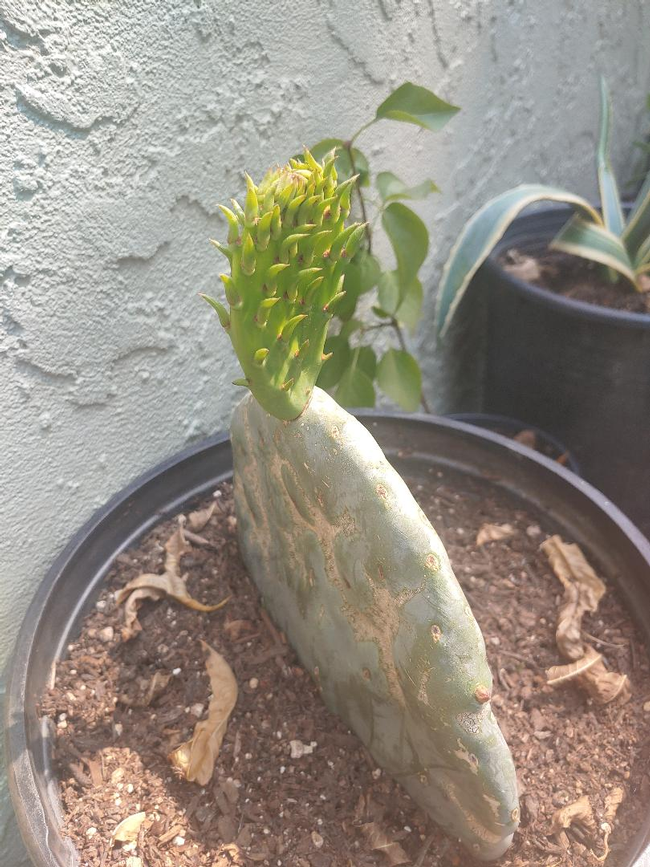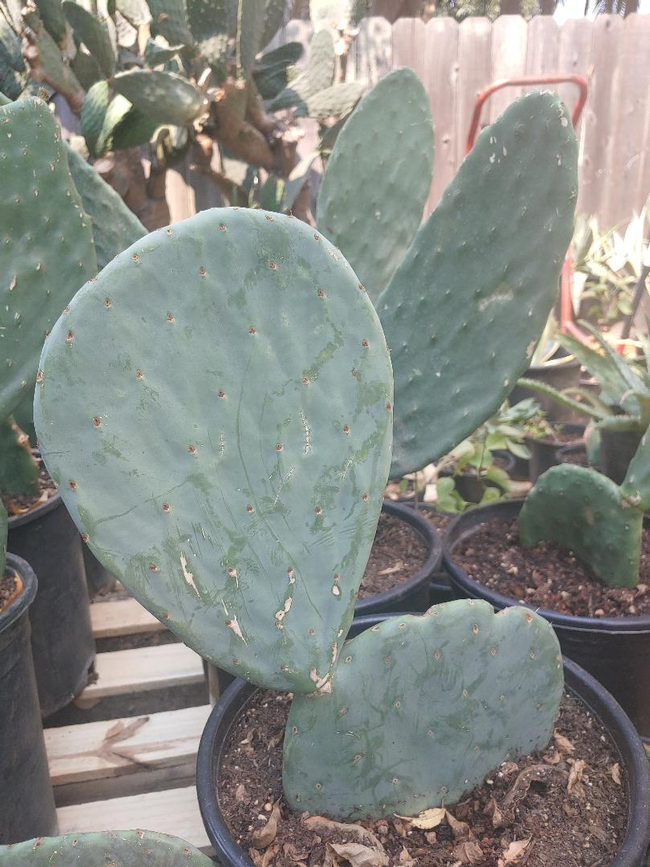
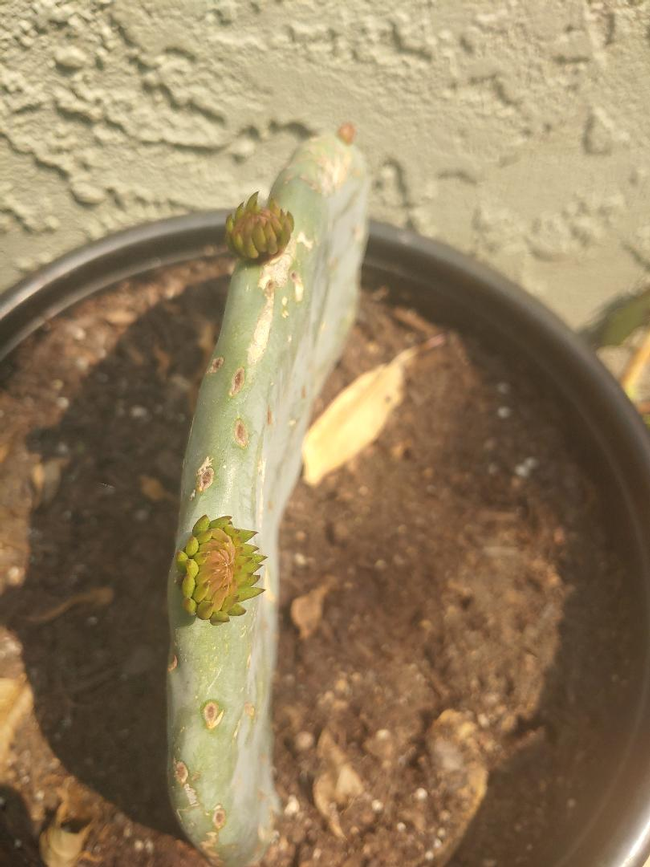
Their hardiness and ability to grow in full or part sun, combined with such powerful areoles makes the Opuntia easy to grow in California, and an invasive exotic outside the Americas. I think you should grow at least one, and if you do:
Prune them like fruit trees, and they will grow into fruit trees. The University of Reno's publication (https://extension.unr.edu/ publication.aspx?PubID=2760) for cactus and opuntia pruning, and our UC ag extension's advice on pruning can guide experimental hands to create lush fruit producers and/or fantastic hedges. When making a cut (I suggest a machete, saw, or box cutter) keep apical dominance in mind, and focus on pad nodes for thinning and heading.
Play with the pads. Pads younger than 6 months are good to eat, but not all are good for eating. I never advise eating anything without doing your own investigation though. Pads older than 6 months are edible and viable cuttings. Remember, any areole can become a root or stem. If you have a friend with a lovely Opuntia, a single cutting can become a showpiece plant in less than 5 years. I recommend taking at least three.
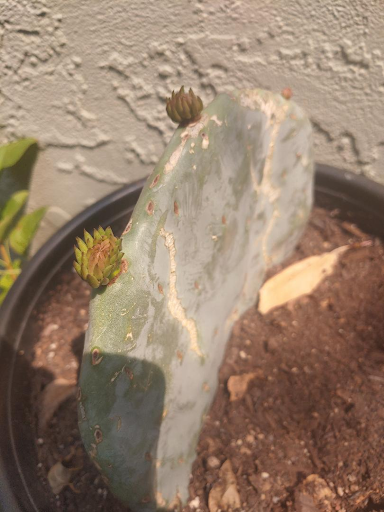
Information links:
Cacti guide https://cactiguide.com/cactus/?genus=opuntia
Calflora https://www.calflora.org//cgi-bin/specieslist.cgi?where-genus=opuntia
Master Gardeners are following recommended social distancing guidelines that keep everyone safe, Napa Master Gardeners are available to answer garden questions by email: mastergardeners@countyofnapa.org. or phone at 707-253-4143. Volunteers will get back to you after they research answers to your questions.
Visit our website: napamg.ucanr.edu to find answers to all of your horticultural questions.
Photo credits: Matt Navarro
